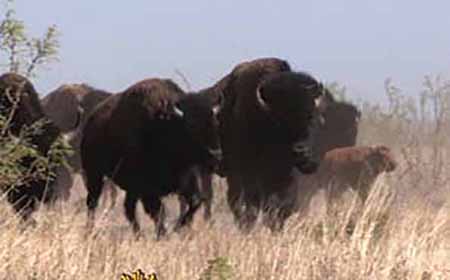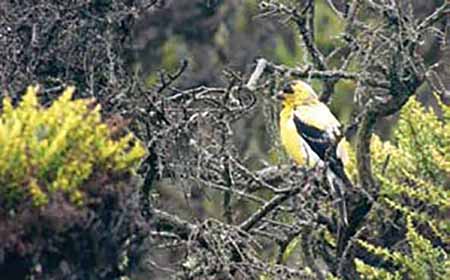The Legacy of 'CBS Sunday Morning's' Moment in Nature
NEW YORK—The year was 1979 and veteran producer Robert “Shad” Northshield had created a new kind of show for CBS. It was to air on Sunday mornings and embody the slow, relaxing pace that viewers would want to savor along with a cup of coffee.
He lured veteran CBS broadcaster Charles Kuralt to leave his “On The Road” CBS Evening News segment to anchor the new show, to be called “CBS Sunday Morning.” And he left two hallmarks which remain to this day. Northshield personally selected a trumpet fanfare by an 18th century composer Anton Recha as an opening theme and he parlayed his love of nature photography into a closing segment called “Moment In Nature.”


Rand Morrison, current executive producer of Sunday Morning, looks proudly upon the memory of Shad Northshield, who in his lifetime published volumes of his photographic works and who instituted the “Moment In Nature” segment beginning with the second episode of “Sunday Morning.” Morrison observes “the ‘Moment In Nature’ segment is unique in broadcast television and is beloved by viewers.” And to the question of whether there has been any discussion of replacing that closing segment, Morrison replied “Absolutely not. Moment in Nature is among the most prized aspects of Sunday Morning.”

CONTENT IS KEY
There are currently approximately 20 videographers who submit material for review by Morrison and Supervising Editor David Bhagat, who personally edits the segment. The producers remain open to submissions by any videographer and in fact Bhagat attended the recent Jackson Hole Wildlife Film Festival in Jackson Hole, Wy. to network with potential contributors.

Bhagat detailed the requirements for submission stating, “Only HD footage is accepted and it must be either seasonal or holiday specific in timeliness. XDCAM is the preferred delivery format and most videographers submit material on hard drives.” “Occasionally material still comes in via HDV tape,” he continued, “but such things are not rejected out of hand.” Both Morrison and Bhagat emphasize that content is key. While there is no camera requirement, Bhagat does say that one of his personal favorite videographers shoots with a Red camera. The segment is really about storytelling, like wild turkeys for a recent pre-Thanksgiving weekend segment.

Audio must be purely ambient audio and natural sounds; no audio effects, added sound effects or musical track are allowed. The segment is even broadcast totally without a musical track. As a result, the recorded ambient audio must meet minimum quality standards.

This, according to Bhagat, might require that a videographer who shoots with a DSLR or GoPro, for example—where internal audio may not be up to standard— would need to shoot dual audio. Shooters are encouraged to get off the road and go into natural settings. Generally several of Bhagat’s panel of shooters will submit about an hour of raw footage. When the segment is accepted, Bhagat and staff will edit to about a three-minute piece. CBS licenses the material from the individual videographers, allowing them to retain ownership of the footage.
The professional video industry's #1 source for news, trends and product and tech information. Sign up below.

Generally within a week after air, the clip is uploaded to the “CBS Sunday Morning” web site (www.cbsnews.com/sundaymorning/nature/), where hits reach into the thousands. Some footage is uploaded to YouTube and also licensed to the Smithsonian Channel, but otherwise, there is no other repurposing of the footage.
Bhagat detailed the evolution of the raw content he receives, noting, “In 1979, material arrived on either 3/4-inch tape or Betacam. With the advent of HD, first HDV tapes were submitted but generally everything very quickly became strictly solidstate delivery.”
The Moment In Nature segment to Morrison defines Sunday Morning both in terms of the type and pace of show content as well as by a recognizable and beloved ending segment. “This is,” he says, “our Andy Rooney.”
